An alien landscape?
bahia
16 years ago
Related Stories
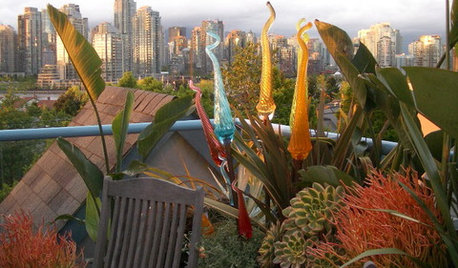
GARDENING AND LANDSCAPINGDouble Take: Bizarrely Beautiful Spires Bloom on a Vancouver Roof Deck
Did alien-looking plants in deviant colors land in this Canadian rooftop garden? Come in for a closer look
Full Story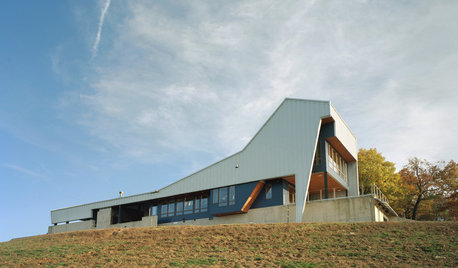
HOUZZ TOURSHouzz Tour: A Hillside Home Commands Attention and Views
Striking for its almost alien form, this asymmetrical Arkansas home makes the most of metal panels and sweeping vistas
Full Story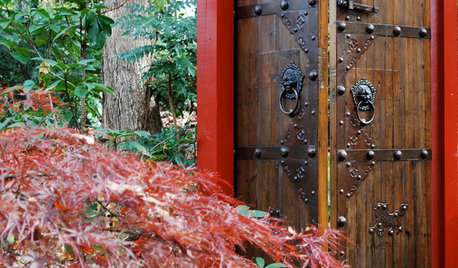
PHOTO FLIP77 Gorgeous Garden Gates
Enjoy these enticing entryways and the magical gardens beyond their doors
Full Story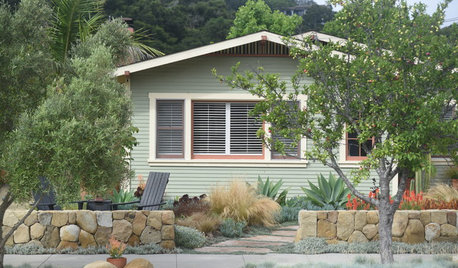
LANDSCAPE DESIGNHow and What to Plant in Dry, Sunny Spots
Save water and improve your site’s look with these design tips and help from a pro
Full Story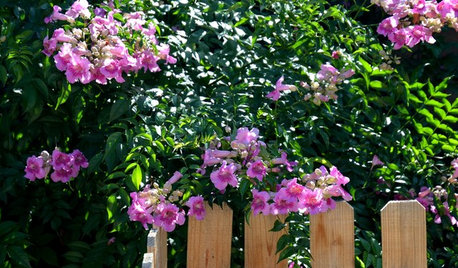
PINK FLOWERSGreat Design Plant: Pink Trumpet Vine Heralds Vibrant Color
Announce your landscape beautification efforts with this flowering vine that perks up hot, dry gardens
Full Story
GARDENING GUIDES8 Plants for a Deliciously Fragrant Fall Garden
Scent the autumn air with the perfume of caramel corn, honey and spices by adding these intoxicating plants to your landscape
Full Story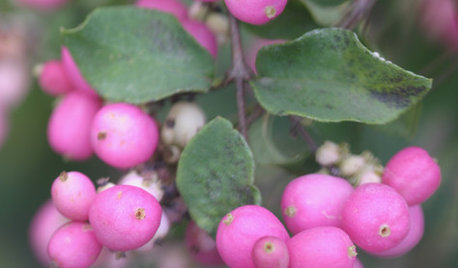
LANDSCAPE DESIGN5 Berry-licious Shrubs to Plant Now for Winter Interest
Showy color during snow season? You bet. These shrubs will wake up a garden with colorful berries when other plants are asleep
Full Story
LANDSCAPE DESIGNGarden Designer Chooses the Timeless Over the Trendy
This lush and restful garden provides a place for a family to retreat from their busy lives
Full Story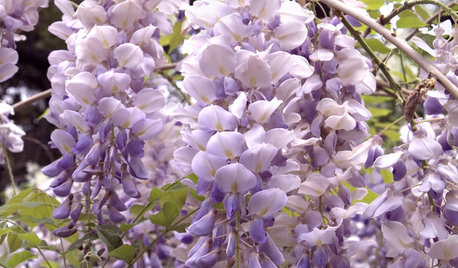
SPRING GARDENINGSpring Planting: Wonderful Wisteria
Classic Vines Add Fragrance, Color and Romance to Garden Designs
Full Story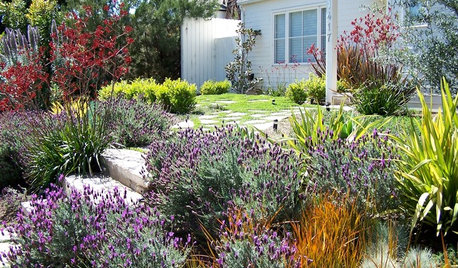
SAVING WATERGreat Plants for Lush, Low-Water Gardens
Water restrictions making your garden look washed out? Give it living color with unthirsty grasses, flowers and succulents
Full Story





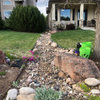
jakkom
inkognito
Related Discussions
One more group Alien pic:
Q
Think we've alienated our neighbors
Q
Working through the kids again!
Q
Haunted by old landscaping
Q
catkim
bahiaOriginal Author
nandina
fouquieria
kat1953
bahiaOriginal Author
jakkom
ymaddox
wellspring
laag
kat1953
laag
ohesq
bahiaOriginal Author
catkim
littledog
rhodium
bahiaOriginal Author
homey_bird
bahiaOriginal Author
mjsee
homey_bird
kren_pa